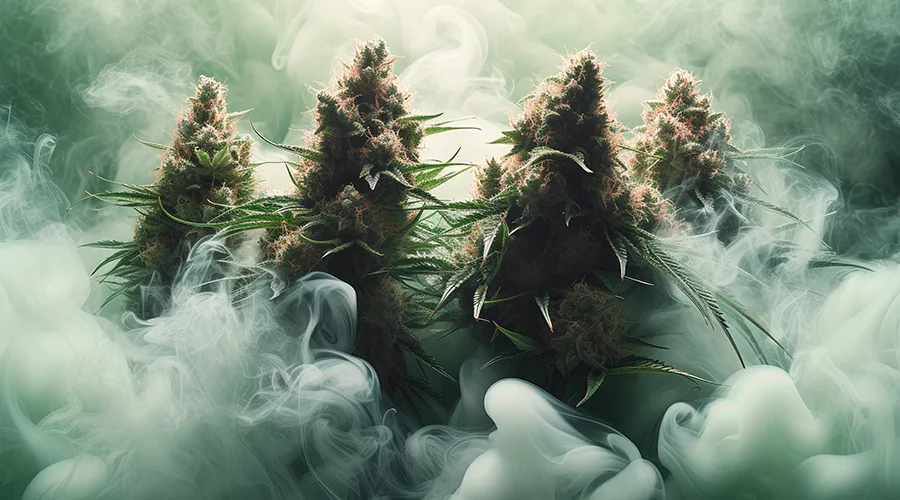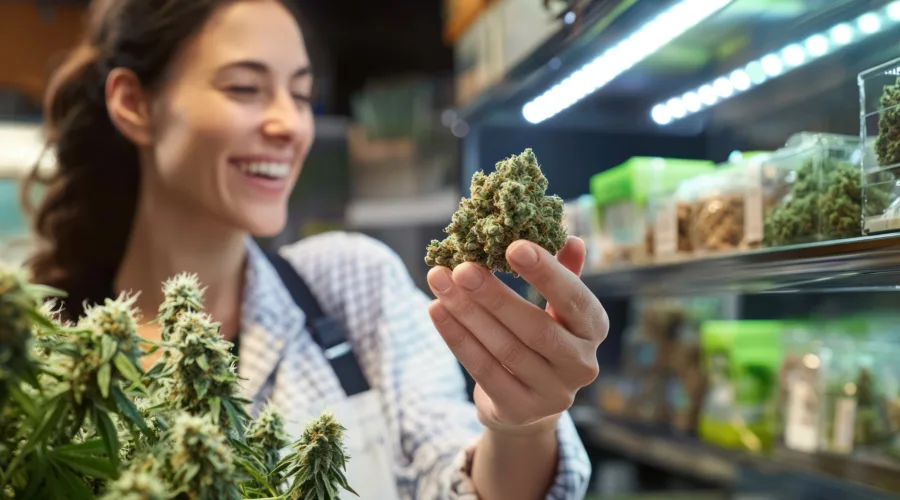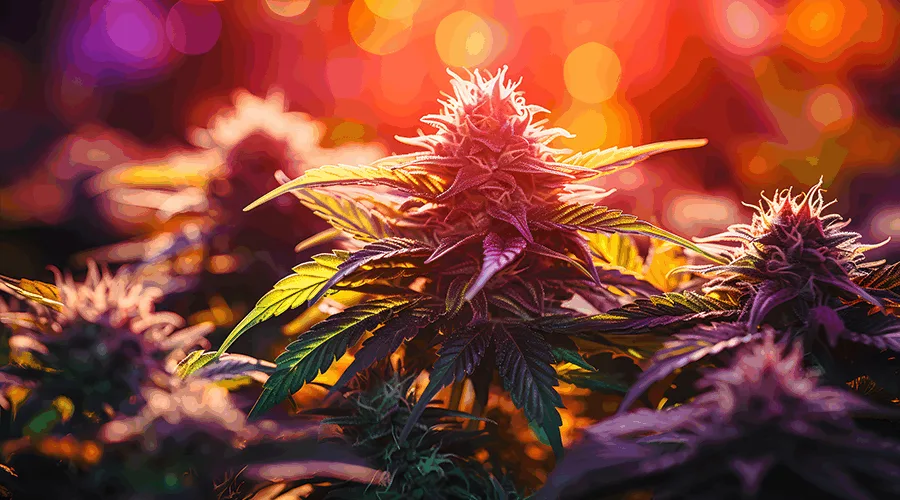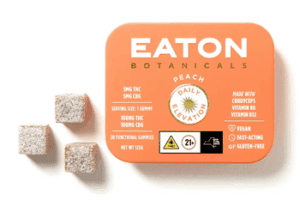Whether you want to infuse cannabis into food and desserts, enjoy flower or vapes during celebrations, or create a relaxed, elevated Christmas event, the key is planning. This guide explains how to integrate cannabis into your Christmas safely, creatively, and deliciously, while offering expert tips on buying the right products from a dispensary.
Why Cannabis Works So Well During the Holidays
Cannabis enhances the senses, deepens emotional connection, and complements the holiday mood. Christmas gatherings often center around food, conversations, and relaxation—areas where cannabis flourishes.
- Indica strains bring warmth and calm for quiet winter nights.
- Sativas add energy, creativity, and social engagement during parties.
- Hybrids strike a balance for long days of celebrating and hosting.
- Edibles and infused drinks blend seamlessly into holiday meals and desserts.
- Flower and vapes offer quick, controlled effects throughout the day.
Used intentionally, cannabis elevates Christmas without overpowering it.
How to Prepare an Eventful, Elevated Christmas Day
 Planning is the foundation of a smooth cannabis-friendly holiday. A well-structured day helps keep everyone comfortable and ensures the celebration remains festive and enjoyable.
Planning is the foundation of a smooth cannabis-friendly holiday. A well-structured day helps keep everyone comfortable and ensures the celebration remains festive and enjoyable.
Morning Microdose
A light edible (2–5 mg) or a small sativa vape hit sets a cheerful, relaxed tone for the day. It enhances mood, increases patience during early morning activities, and makes gift-opening more fun and engaging.
Create a Cannabis Bar for Adults
Set up a discreet area exclusively for adults. Include pre-rolls, vapes, gummies, chocolates, and beverages. Label everything clearly and store it away from children. This becomes a conversation piece and central hub for guests who enjoy cannabis.
Plan Strain Pairings Throughout the Day
Cannabis can be thoughtfully matched with Christmas meals much like wine pairings.
Pairing Cannabis With Holiday Food
Cannabis heightens flavor appreciation, encourages appetite, and enhances the sensory experience of eating.
Appetizers and Sativas
Sativa strains work well during the early part of the day because they stimulate energy and conversation. Pair them with finger foods such as cheese boards, dips, vegetable platters, or holiday pastries.
Recommended strains include Durban Poison, Super Lemon Haze, and Strawberry Cough.
Main Course and Balanced Hybrids
The main dinner is usually the highlight of Christmas Day. Hybrids complement heavier dishes like turkey, ham, prime rib, lasagna, and mashed potatoes.
Blue Dream, Gelato, Biscotti, and Wedding Cake are excellent strains for enhancing flavors without causing drowsiness too early.
Desserts and Edibles
Dessert is the perfect time to incorporate edibles because guests are already in a sweet mindset. Infused chocolates, cookies, bars, and beverages fit seamlessly into holiday dessert tables.
Offer traditional desserts alongside infused options so guests can choose their preference.
Cannabis in Christmas Desserts and Recipes
Ideal Cannabis Desserts for Christmas
- Infused brownies
- Peppermint bark with THC
- Gingerbread cookies
- Cannabis truffles
- Infused hot chocolate
- Apple or pumpkin pie with THC caramel drizzle
Dessert is also where people tend to be most relaxed, making it a great time to introduce low-to-moderate-dose edibles.
Safe Infusion Tips
- Start with low dosing: 2–3 mg per serving.
- Mix thoroughly to ensure even distribution.
- Clearly label infused items.
- Keep non-infused options available.
- Use lab-tested oils or butters from licensed dispensaries.
Evening Activities to Enjoy While High
High-quality cannabis can make Christmas night more peaceful and enjoyable. Here are activities that pair exceptionally well with the calming effects of indica or hybrid strains:
- Holiday movie marathons
Board games or card games - Listening to classic Christmas music
- Winter walks
- Building gingerbread houses
- Sitting by the fireplace with hot cocoa
- Storytelling and reflection
- Light crafting or ornament decorating
Indicas such as Northern Lights, Bubba Kush, Ice Cream Cake, and Granddaddy Purple complement nighttime relaxation perfectly after a long day of celebrating.
Buying Cannabis From a Dispensary for the Holidays
Shopping at a licensed dispensary ensures product safety, accurate dosing, and access to knowledgeable staff. Whether you prefer edibles, flower, concentrates, or beverages, a dispensary can guide you toward the right products for your holiday plans.
Consumers in New York, especially in areas like White Plains and Rockland County, tend to look for:
- Pre-roll multipacks for group sessions
- Chocolate edibles for dessert
- Low-dose gummies for beginners
- Balanced hybrid flower for dinner pairings
- Disposable vapes for convenience
- THC drinks for social environments
- Gift bundles for cannabis enthusiasts
These products are ideal for Christmas gatherings and make great stocking stuffers.
Hosting Tips for a Smooth Cannabis Holiday
Know your guests and offer options suitable for different tolerance levels.
- Keep edibles low-dose for beginners.
- Provide hydration and snacks to balance effects.
- Schedule edible timing carefully, accounting for delayed onset.
- Separate infused and non-infused food clearly.
- Encourage guests not to drive and use ride services if needed.
- Create a relaxing space for anyone who becomes overwhelmed.
Responsible hosting ensures everyone enjoys the elevated experience.
Cannabis Gift Ideas for Christmas
Cannabis-themed gifts continue to grow in popularity and work well for adults who appreciate the plant. Popular ideas include:
- Edible samplers
- Chocolate bars
- Mini pre-roll packs
- Cannabis-infused hot chocolate mix
- Disposable vapes
- CBD relaxation sets
- THC beverages
- Dispensary gift cards
These gifts are thoughtful, practical, and festive.
Final Thoughts: A Joyful, Elevated Christmas Experience
Cannabis can add depth, flavor, creativity, and relaxation to Christmas celebrations when used mindfully. From early-morning microdosing to infused desserts and cozy nighttime indica sessions, cannabis can enhance every part of the holiday. Choosing quality products from a licensed dispensary ensures safety and consistency, helping create a holiday you and your guests will remember fondly.
Frequently Asked Questions (FAQs)
1. Is it safe to mix cannabis with Christmas food?
Yes, as long as dosing is controlled and clearly labeled. Use dispensary-made oils or butters and start with low milligram amounts per serving.
2. How much THC should I use in infused recipes for guests?
For holiday parties, 2–5 mg per serving is ideal. This keeps the experience pleasant for most adults without overwhelming anyone.
3. Should I offer non-infused options?
Absolutely. Always provide traditional foods and desserts so guests can choose what they’re comfortable with.
4. When should guests consume edibles during Christmas dinner?
Dessert time works best. Edibles take 45–90 minutes to activate, and dessert allows for controlled servings and timing.
5. What cannabis products work best for holiday gatherings?
Low-dose edibles, hybrid flower, pre-roll packs, disposable vapes, and THC beverages are popular and easy to share.
6. Can cannabis help reduce holiday stress?
Yes. Many people use cannabis to relax, sleep better, socialize more comfortably, and ease the pressure of holiday hosting.
7. Can cannabis be given as a Christmas gift?
Yes, as long as the recipient is 21 or older. Edible gift packs, pre-roll sets, chocolate bars, and dispensary gift cards are excellent choices.
8. What strains pair best with Christmas food?
Sativas pair well with appetizers, hybrids complement heavy dinners, and indicas enhance desserts and evening relaxation.


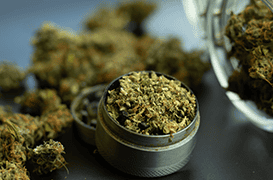

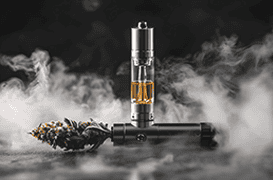








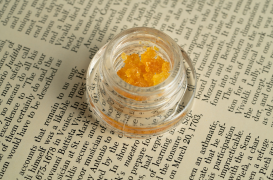

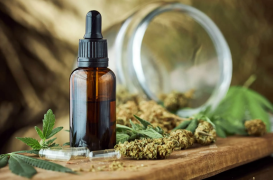


 Cannabis is one of the few gifts that is:
Cannabis is one of the few gifts that is: Pre-rolls let people try multiple strains without having to grind or roll anything. Brands like Jeeter, Rove, Heavy Hitters, Electraleaf, and Stay Melo are big hits at Cannabis Realm.
Pre-rolls let people try multiple strains without having to grind or roll anything. Brands like Jeeter, Rove, Heavy Hitters, Electraleaf, and Stay Melo are big hits at Cannabis Realm.